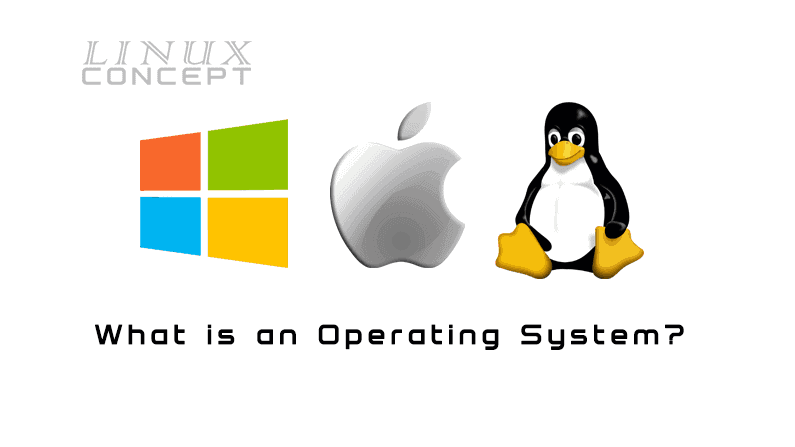When we talk about Operating System, we found it is a program which acts as a controller and helps to control hardware for a user.
It is available in all IoT device, or we can say it is an integral part of all connected devices which has capabilities to run applications.
Before getting into deep dive, we can get some generic definition for Operating System from a reliable source.
An Operating System (OS) is system software that manages computer hardware and software resources and provides common services for computer programs.
Source – wikipedia
The operating system (OS) is the most important program that runs on a computer. Every general-purpose computer must have an operating system to run other programs and applications. Computer operating systems perform basic tasks, such as recognizing input from the keyboard, sending output to the display screen, keeping track of files and directories on the storage drives, and controlling peripheral devices, such as printers.
For large systems, the operating system has even greater responsibilities and powers. It is like a traffic cop – it makes sure that different programs and users running at the same time do not interface with each other. The operating system is also responsible for security, ensuring that unauthorized users do not access the system.
Source – webopedia
So, now we get to know the operating system is everything for a dumb box (hardware or computer system).
We use the operating system so a machine and human can understand each other in respect to request and response for anything.
Types of Operating System
There are multiple types of Operating System; some of the important is here.
- Single and Multi-Tasking Operating System
- Single and multi-User Operating System
- Distributed Operating System
- Embedded Operating System
Single and multi-Tasking Operating System
The entire Operating System can have divided into two parts, Single-Tasking and Multi-Tasking operating system.
A Single-Tasking operating system can run only one task/Program/application at a time, while a multi-tasking operating system has capabilities to run more than one task/program/application at a time.
Single and multi-user Operating System
The entire Operating System can have divided into two parts, Single-User and Multi-User operating system.
A Single-User operating system can run multiple task/Program/application at a time but only allow a single user to log-in on the system at a time, while a multi-User operating system has capabilities to use by more than one user login at a time.
Distributed Operating System
A Distributed Operating System is work with the collection of independent physically separate CPUs, RAM, networking, and system devices. They handle programs which are running on multiple CPUs. It can operate by various users and acts as a single system for everyone
Embedded Operating System
Embedded Operating System is developed to use in Embedded devices.
This operating system comes with multiple capabilities like, run on limited resources, build on small devices like PDAs etc.


0 Comments